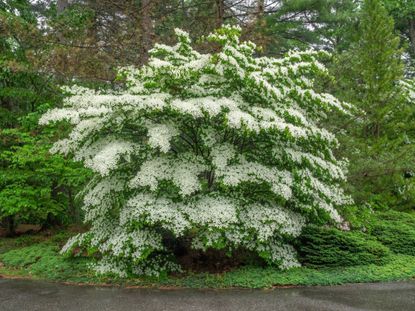Dogwood
Flowering dogwood trees are beautiful additions to nearly any landscape. Though dogwood trees are normally easy to care for, they do have their problems on occasion. Many of these issues can be averted, however, with appropriate dogwood care. Learning how to grow dogwood trees in the landscape is simple when using the following dogwood growing tips.
-
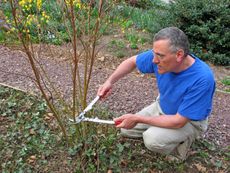
Pruning Dogwood Trees So They Look Their Best – How & When To Do It
They are such a treasure, it’s important to know the how and when particulars about pruning dogwood trees.
By Jackie Carroll
-
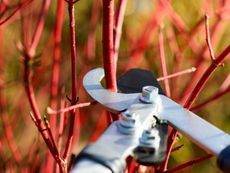
Rejuvenation Pruning Red Twig Dogwood
Red twig dogwood provides beautiful winter color, but it can quickly get out of control. Read on to learn how to prune red twig dogwoods.
By Laura Walters
-
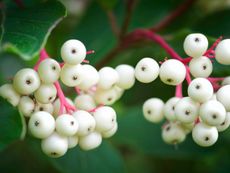
Gray Dogwood Care - Learn About The Gray Dogwood Shrub
The gray dogwood isn't a tidy or attractive plant that you would want to plant in a well-groomed garden, but if you are planting a wildlife area or want a shrub for difficult conditions, it may be just what you need. Read on for information about this humble shrub.
By Jackie Carroll
-
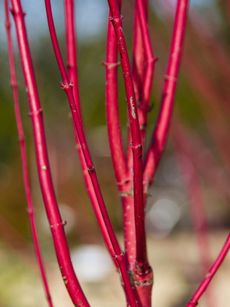
Red Twig Dogwood Care: Tips For Growing A Red Twig Dogwood
Growing a red twig dogwood is a great way to add spectacular color to the winter garden. Learn how to grow these spectacular plants in this article. Click here for more information.
By Jackie Carroll
-
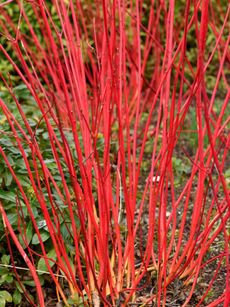
Dogwood Shrub Varieties – Growing Shrub-Like Dogwoods
Is there a dogwood shrub? Shrub-like dogwoods do exist and work well in smaller gardens. Click here for more information.
By Teo Spengler
-

Evergreen Dogwood Care – Learn How To Grow Evergreen Dogwood Trees
Evergreen dogwoods are beautiful, tall trees grown for their fragrant flowers and remarkable fruit. Learn more Cornus capitata information, including tips on evergreen dogwood care and how to grow an evergreen dogwood tree in this article.
By Liz Baessler
-
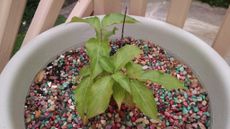
Growing Dogwoods In Pots – How To Grow Dogwoods In A Container
Dogwoods are beautiful trees with striking spring flowers and are commonly seen in the landscape. But have you ever wondered, "Can I grow dogwood in a container?". Click here to learn more about caring for potted dogwood trees.
By Liz Baessler
-
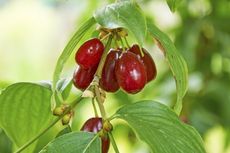
Cornelian Cherry Cultivation – How To Grow Cornelian Cherry Trees
You may not be familiar with cornelian cherry cultivation and wonder what the heck is a cornelian cherry plant? Find out how to grow cornelian cherry trees, uses for cornelian cherries, and other interesting facts about the plant in this article.
By Amy Grant
-
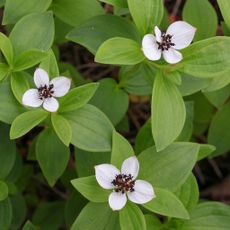
Dwarf Cornel Care: Tips For Growing Dwarf Cornel Plants
Dwarf cornel plants are small, spreading dogwood shrubs that are truly ornamental. Despite their small size, dwarf cornel shrubs can make your garden lovely all summer long with their flowers and berries. Click this article for more information.
By Teo Spengler
-
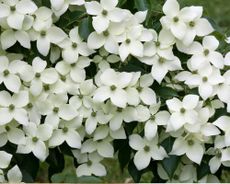
Starting Dogwoods From Cuttings: When To Take Cuttings Of Dogwood
Propagating dogwood cuttings is easy and inexpensive. For the home gardener, the easiest and fastest method of dogwood tree propagation is taking softwood cuttings. Find out how to grow dogwood cuttings in this article.
By Jackie Carroll
-
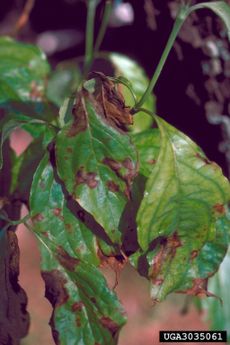
Dogwood Anthracnose – Information About Dogwood Blight Control
It's never good news when a tree gets sick, especially when it's your stately dogwood tree. Find out about dogwood tree blight and what you can do to help your plant through this rough time using the information in this article.
By Kristi Waterworth
-
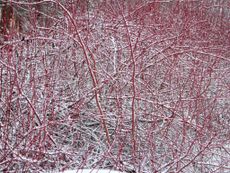
Winter Dogwood Varieties: What Are Good Standout Dogwoods In Snow
Colorful dogwoods can light up your backyard in winter with their vibrant stem color. Click here for some standout winter dogwood varieties.
By Teo Spengler
-
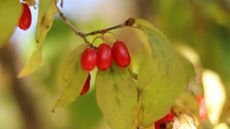
Dogwood Seed Germination – Growing A Dogwood Tree From Seed
Flowering dogwoods (Cornus florida) are easy-going ornamentals if sited and planted properly. Growing a dogwood tree from seed means propagation like Mother Nature does it. Click here for tips for how to plant dogwood seeds.
By Teo Spengler
-
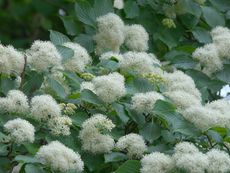
Pagoda Dogwood Information: Growing Golden Shadows Dogwood Trees
If you love pagoda dogwood, you'll love pagoda Golden Shadows dogwood, a bright, graceful cultivar with characteristic horizontal branching. It lights up the shady corners of your garden with its glowing variegated leaves and frothy summer blossoms. Learn more here.
By Teo Spengler
-

Rejuvenating Red Twig Dogwoods: How To Prune Dogwoods
Pruning a red twig dogwood can help keep those branches red. If you are wondering how to prune red twig dogwood trees, just keep reading!
By Teo Spengler
-
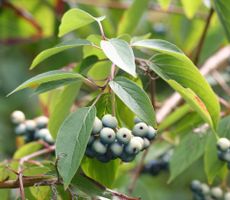
Silky Dogwood Information: Growing Silky Dogwood Shrubs
Also known a swamp dogwood, silky dogwood is a mid-size shrub. In the home landscape, silky dogwood bushes work well in moist, naturalized areas. Click on this article for additional silky dogwood information.
By Bonnie L. Grant
-
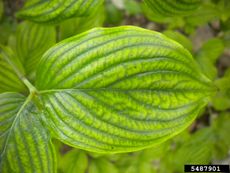
Treating Sick Dogwood Trees: Reasons For A Dogwood Tree With Yellow Leaves
If you see your dogwood tree leaves turning yellow during the growing season, the tree is likely suffering from a pest, disease or deficiency. Click on this article to find out why your dogwood has yellow leaves and what can be done about it.
By Teo Spengler

